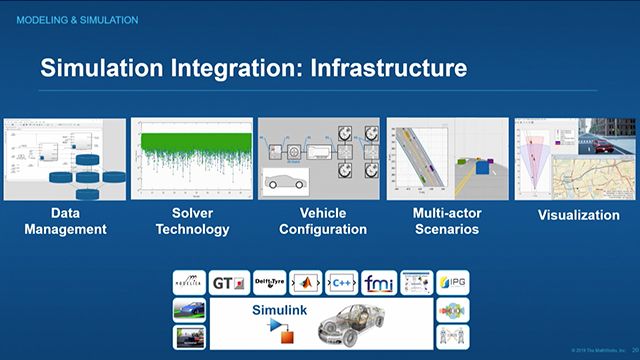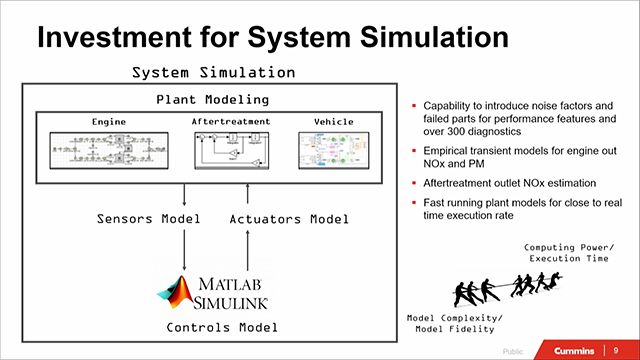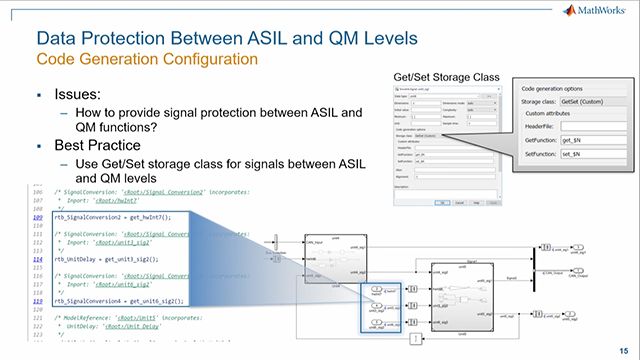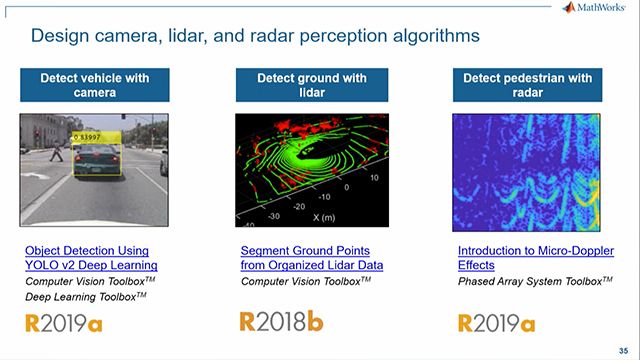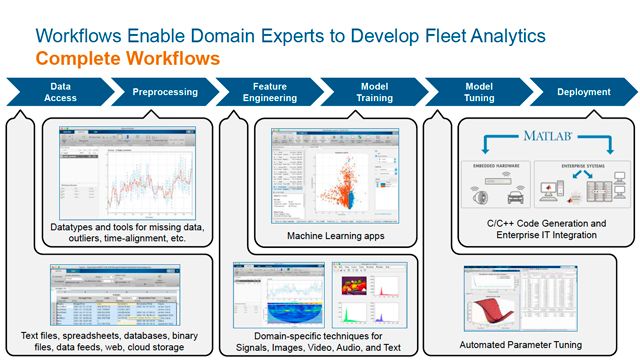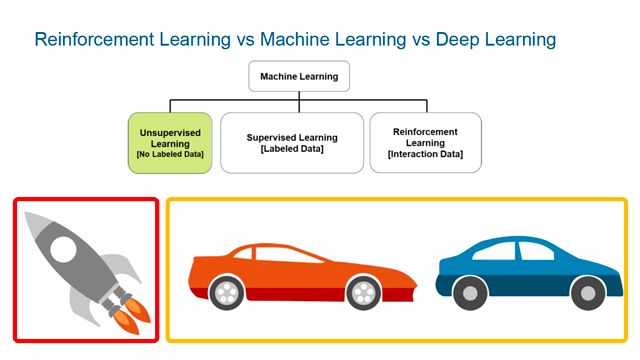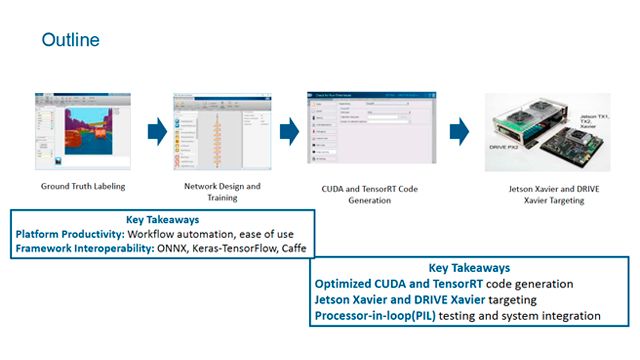Proceedings
Featured Presentations
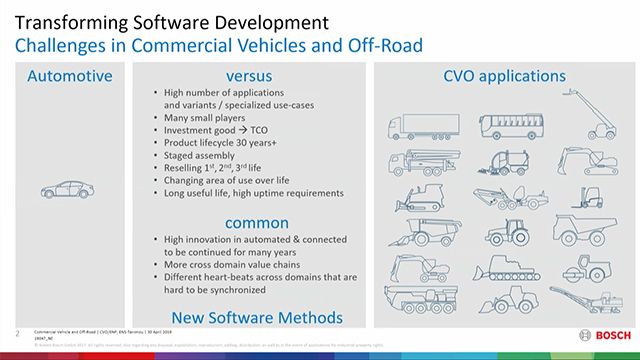
Micha Muenzenmay, Robert Bosch
Keynote Presentations
Micha Muenzenmay, Robert Bosch
General Sessions
ADAS and Automated Driving
AI in Engineering
Tackling Fleet Test Data with MATLAB
Will Wilson, MathWorks
Reinforcement Learning: Leveraging Deep Learning for Controls
Aditya Baru, MathWorks
Applying Artificial Intelligence to Product Development
Arvind Jayaraman, MathWorks
Full Vehicle Simulation
Full Vehicle Simulation for Electrified Powertrain Selection
Mike Sasena, MathWorks
Kevin Oshiro, MathWorks
Virtual Design of Electrified Powertrain Systems
Dakai Hu, MathWorks
Objective Drivability Calibration
